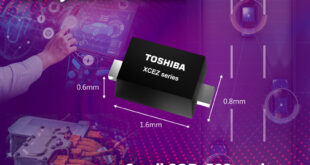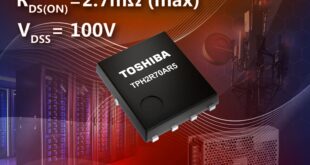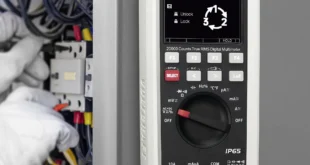This new standard raises the bar for frequency accuracy by an order of magnitude from 1x10E-11 to 1x10E-12.
All clocks in a network must be referenced to a Primary Reference Source (PRS).
Microsemi’s cesium frequency standards 5071A, TimeCesium 4400 and TimeCesium 4500 with ePRC compliance provide the highest level of autonomous frequency accuracy for PRS deployment in telecom networks as required by international standards.According to data from the International Bureau of Weights and Measures (BIPM), responsible for managing the coordinated universal time (UTC) with time keeping institutions worldwide, and internal research from Microsemi, more than 99% of the Cesium clocks deployed for the world’s time keeping and national time standards are being driven by Microsemi’s cesium products.
Microsemi has introduced a number of solutions providing customers within the communications, power utilities, public safety, data centre and government network markets with a secure and resilient timing environment, reducing dependency on Global Navigation Satellite System (GNSS).
The foundation of these solutions are Microsemi’s Cesium atomic clocks, which provide an ‘autonomous frequency reference’ utilising enhanced timescale algorithms.
As an example, Microsemi’s recently introduced BlueSky GPS Firewall can be connected to a Cesium clock to provide extended holdover by continuing to deliver a synthesised GPS signal to downstream GPS receivers even in the case of complete loss of live sky GPS reception.
“As next-generation networks increasingly rely more on accurate time to achieve higher transport speeds and increased reliability, the pervasive use of GNSS technology as a time reference has become a major concern because of vulnerabilities to threats such as jamming and spoofing,” said Ramki Ramakrishnan, director of product management at Microsemi. “As a result, use of Cesium technology as the primary reference clock has become critical.”
Cesium clock technology from Microsemi is utilised in GPS satellites, both in space and ground stations and underpin the rapidly growing GPS market.
The GPS receiver market alone is poised to grow at approximately 16% between 2017-2021 according to Orbis Research, supporting applications in communications, enterprise, defense, automotive and public utility markets with a robust holdover technology.
 Engineer News Network The ultimate online news and information resource for today’s engineer
Engineer News Network The ultimate online news and information resource for today’s engineer






